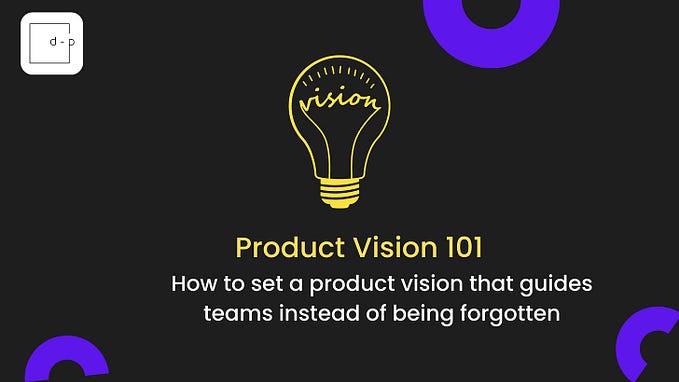Member-only story
How data-informed UX helps avoid Minimum Viable Product bloat
The most important question designers need to ask is what value are we providing to users?

Designers play a more significant role in creating a good Minimal Viable Product (MVP) than you might think.
Part of becoming a Product Designer is re-learning terms I thought I knew. MVP is one such term: in product terms, it's a minimal set of features you build to attract customers and validate a product idea.
However, it's only recently taken on a new context to me upon reading Hacking Product Design, by Tony Jing: MVP, as he defines it, is about offering minimal value to the target audience with your product that they're willing to become users.
Looking at it that way provides a clue into the primary question designers must always consider: does your product offer enough value to your users? You must always keep that in mind if your team asks you for any last-minute changes.
Scaling down designs or designing by Engineering
I've found, especially on teams who build out Minimal Viable Product (MVP) quickly, that it can become Design by Engineering at a certain point.
The Product has determined the problem and a set of features, Designers have built mockups and prototypes, and then it's up to Engineers to build a specific set of features in a timeframe. This is where Engineers can point out technical issues or other things that weren't noticed, and some tough design decisions could be made.
For example, Engineers could point out that showing a Data Visualization of all aggregated traffic on a page would take 15 minutes to load. In this case, teams will be forced to scale down interactions, cut features, and more to get the MVP out on time.
As a side note, this is also how UX debt accumulates.
However, Designing by Engineer is just as dangerous as designing by any other stakeholder. The reason is simple: if you build something easy for your Engineers to build, but your users don't want to use it, there's the chance that the product will get scrapped (or pivot away), wasting a whole bunch of time and effort.








